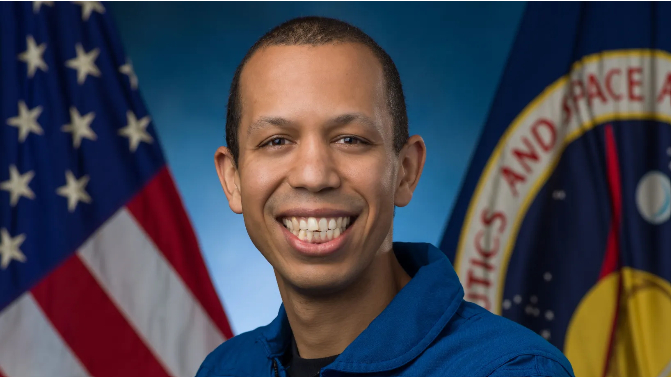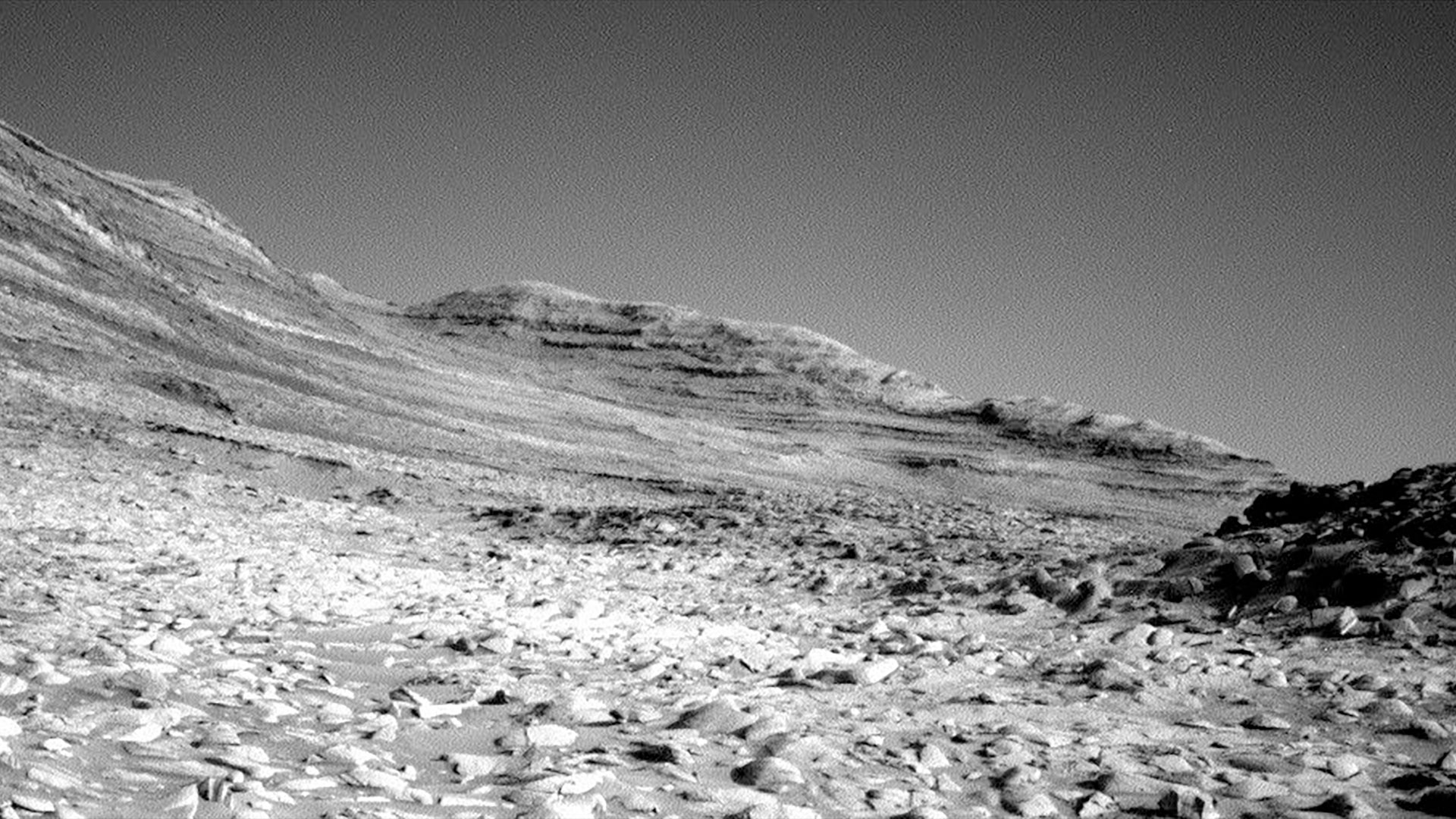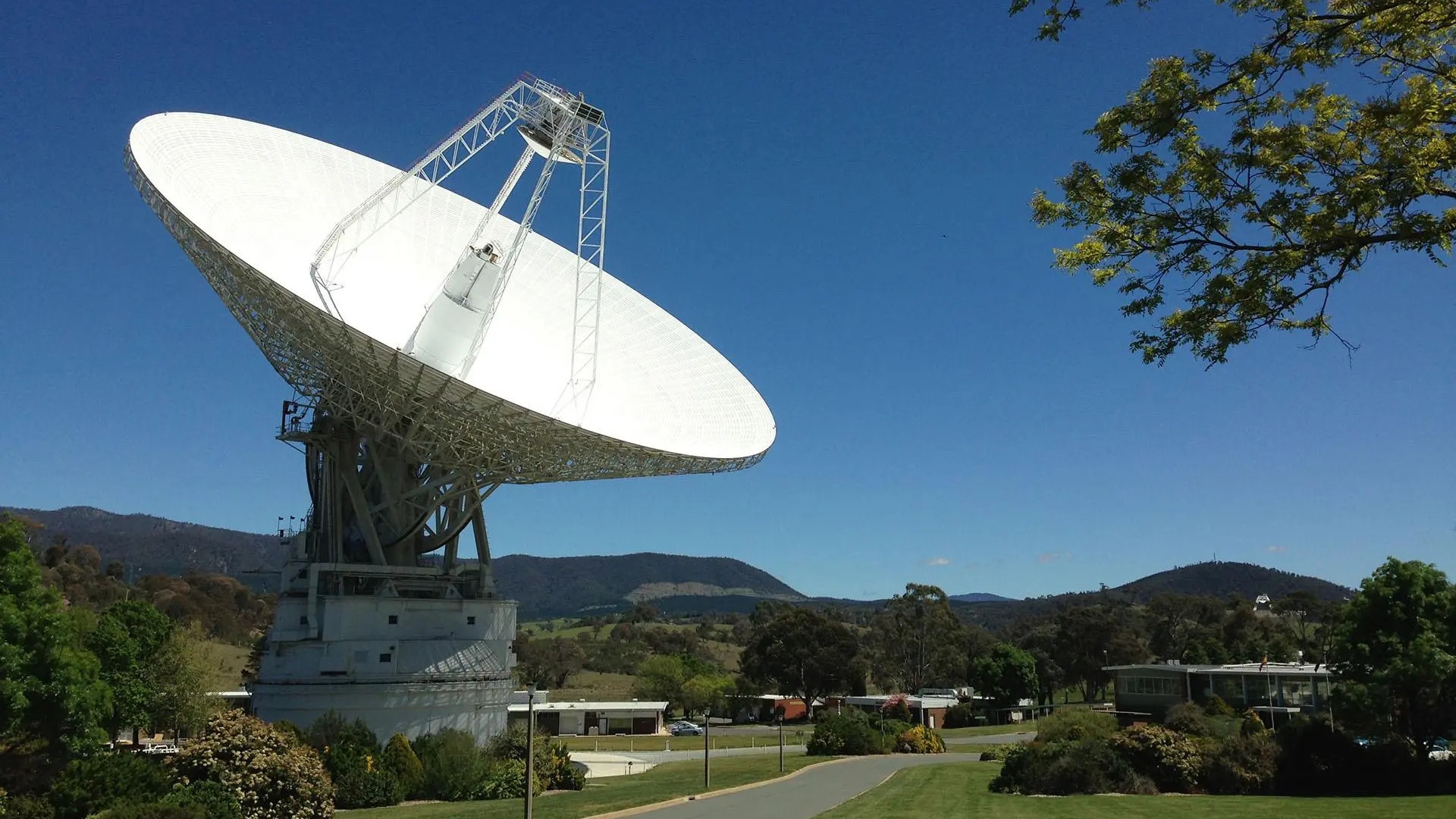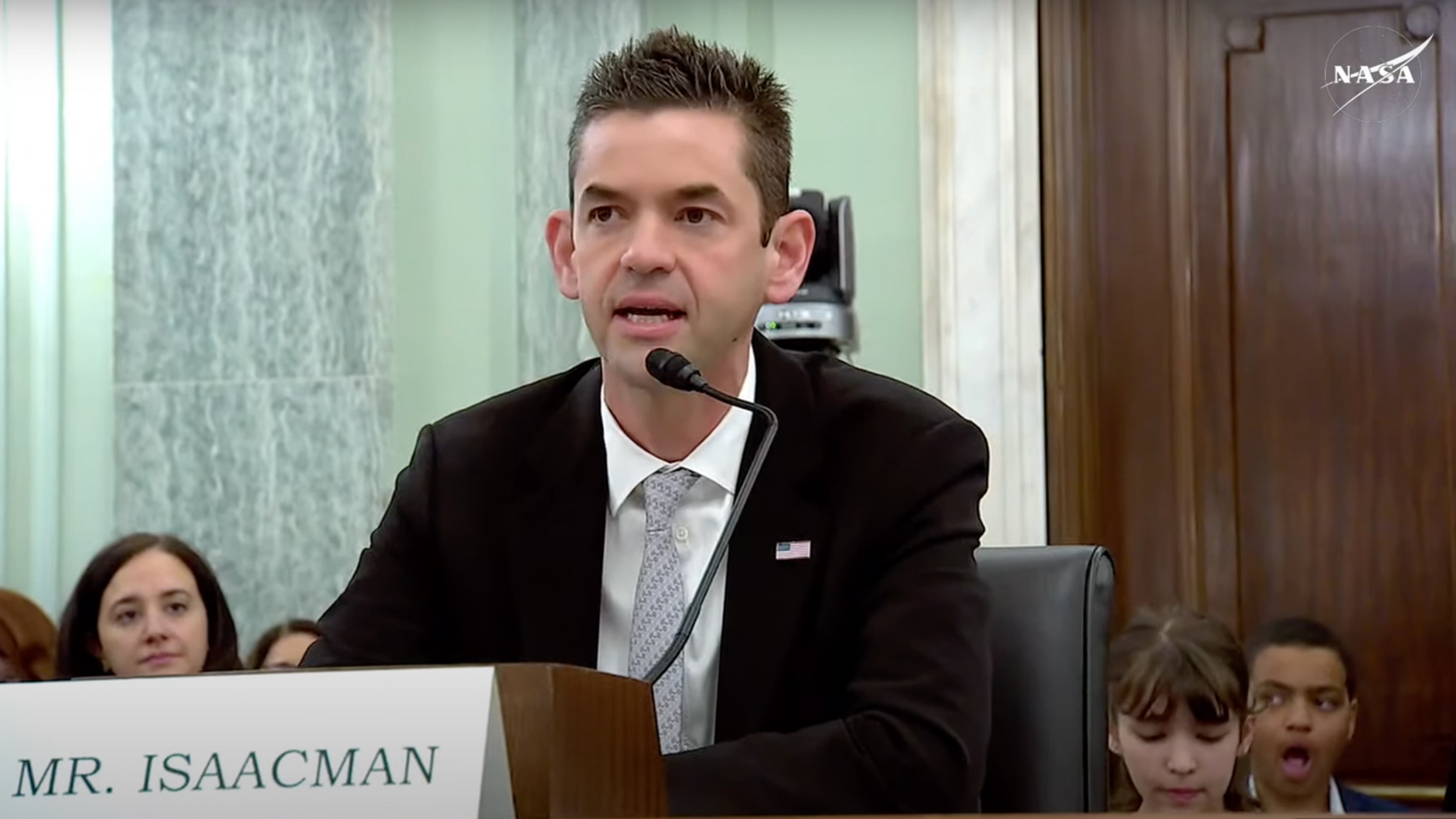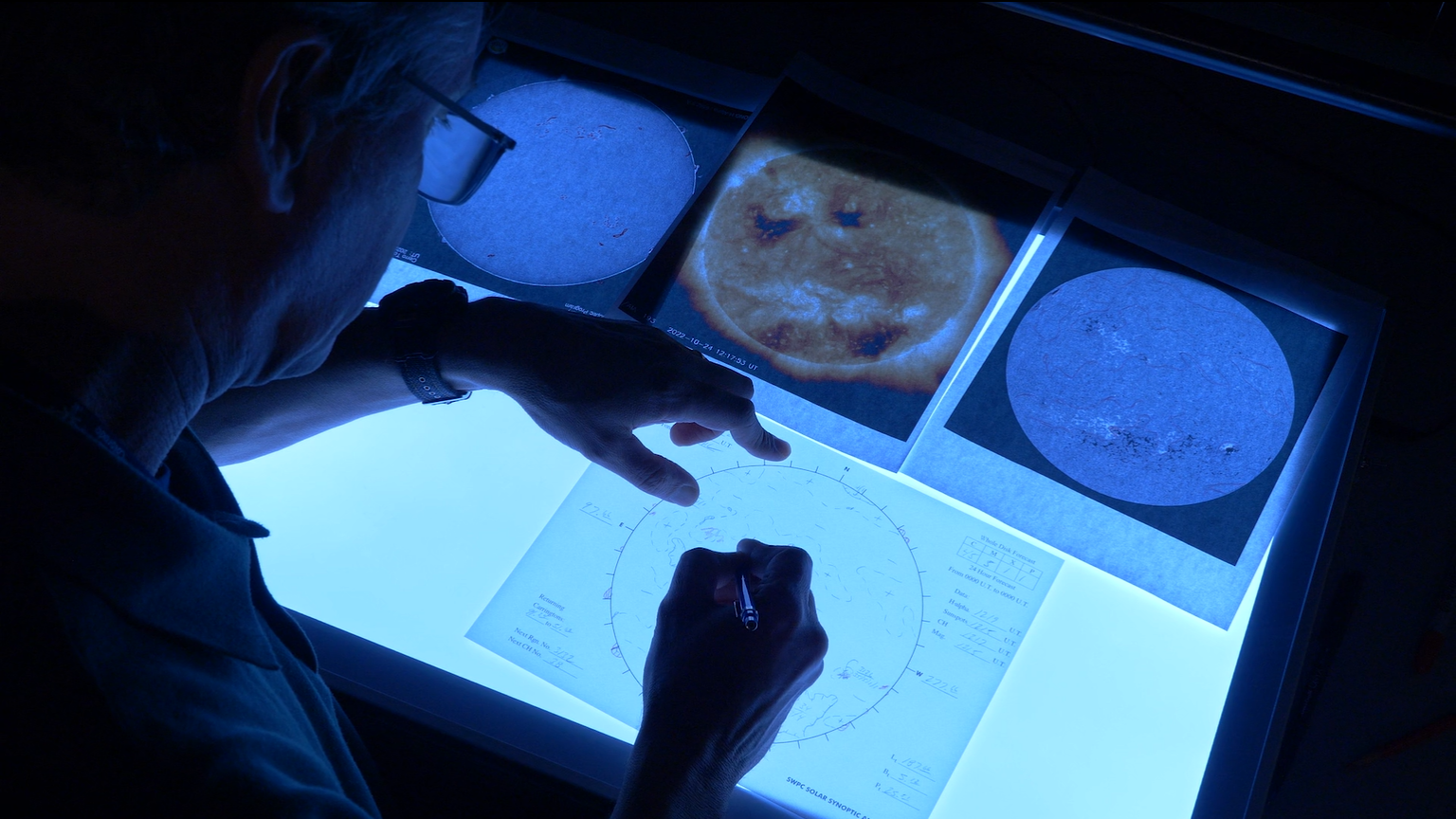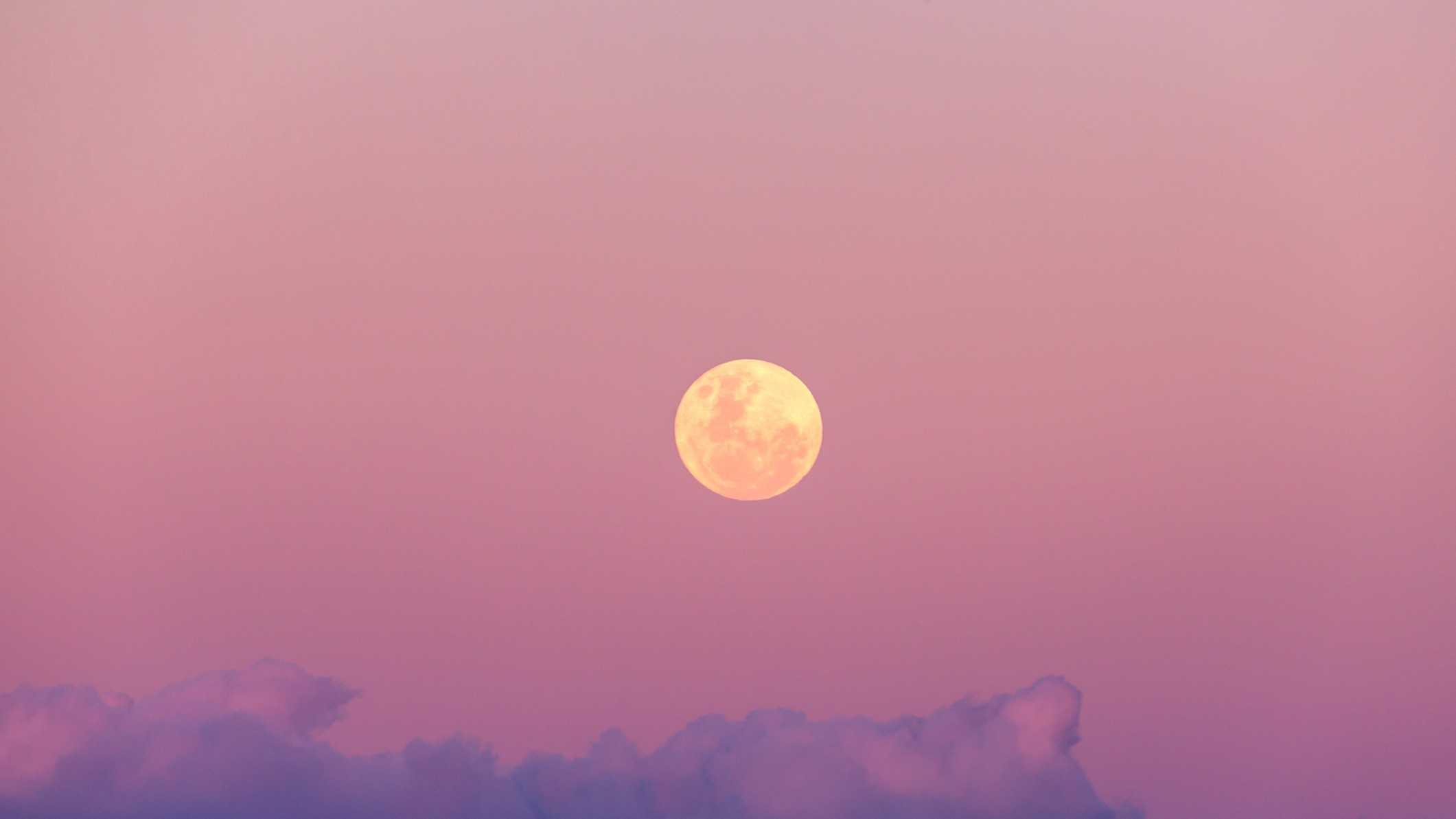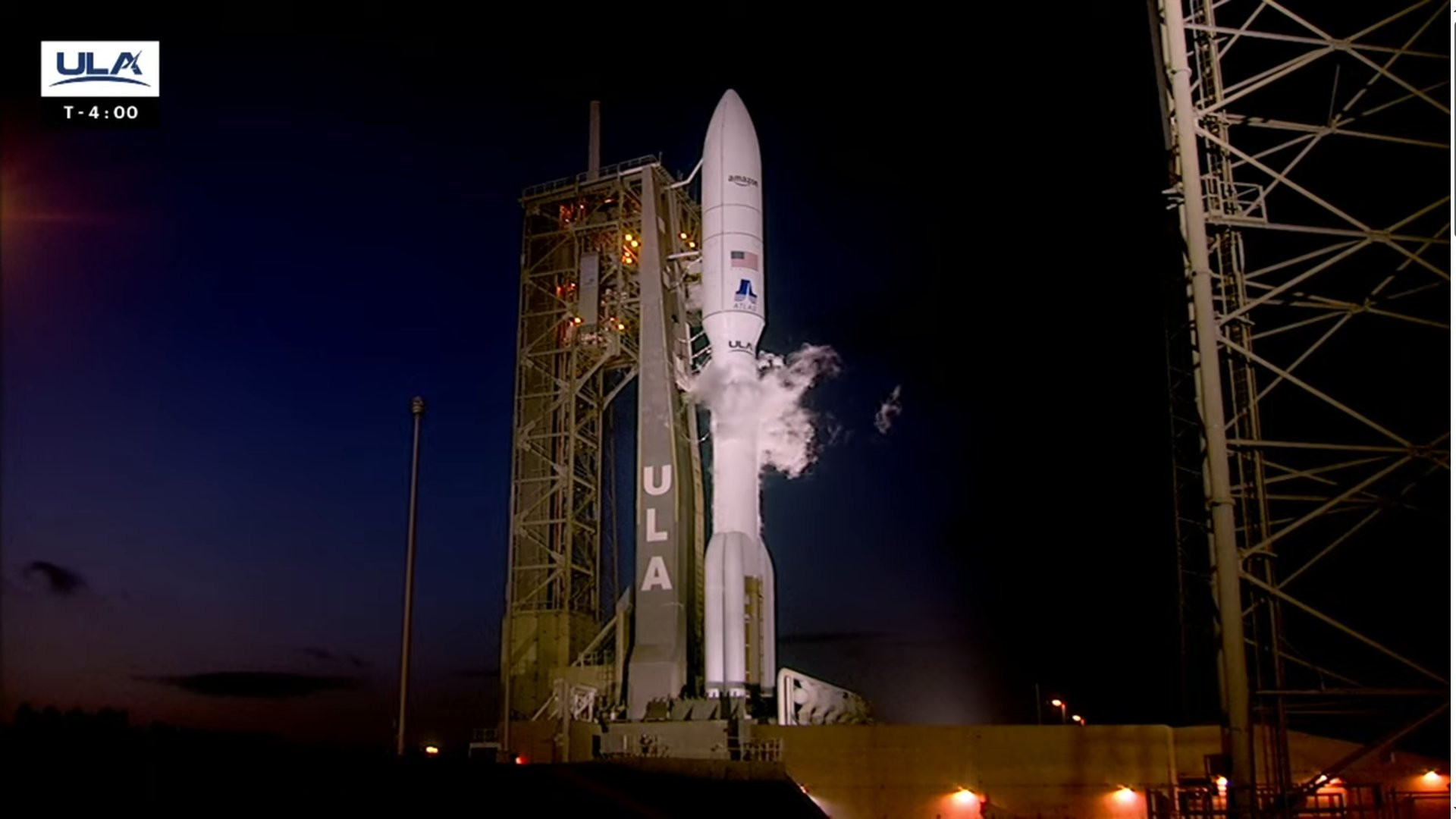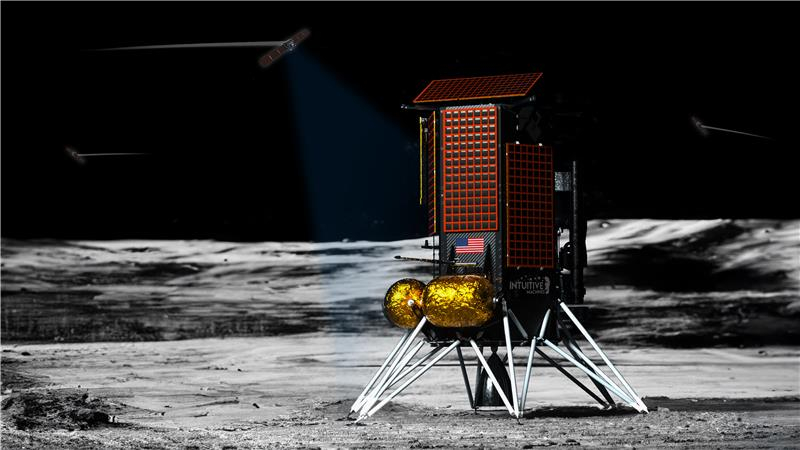Space weather scales are outdated and confusing. Here's what NOAA scientists are doing about it
"We're at solar maximum; to find time to make some of these big changes is going to require time and more resources, so we have to address what it will take."
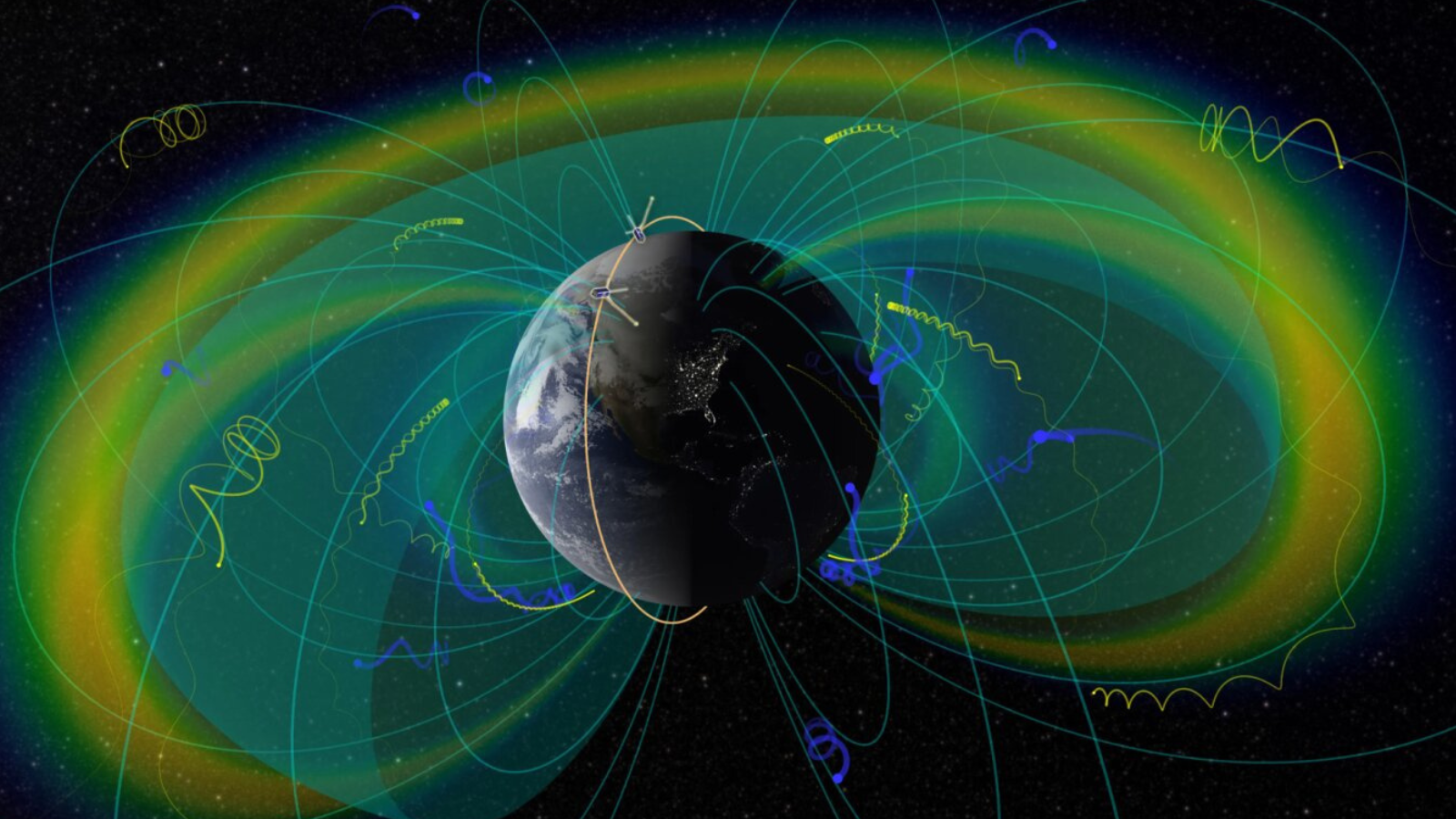
NEW ORLEANS — Scientists continue to advance the process of updating the National Oceanic and Atmospheric Administration's (NOAA) Space Weather Scales, with the next steps expected to be taken as early as this year.
Just like there's a classification system for hurricanes and tornadoes, space weather storms that develop and pose threats to Earth have their own classification system. But these storms are a little more complex than terrestrial weather, and they must be categorized into three different types of events: geomagnetic storms, solar radiation storms and radio blackouts. These three primary areas of focus highlight the types of impacts a solar flare can have on our environment, with the scales also providing information on the likelihood of a certain level occurring and the intensity of each category, which is rated on a scale of 1 to 5.
The scales were designed in 1999 as space weather started becoming a more popular area of research. But with historic events, including the Halloween solar storm in October 2003 and the Gannon event in May 2024, bringing new information to light, leaders at NOAA and the Space Weather Prediction Center (SWPC) determined that the information in the scales had become outdated and confusing for the public.
"This is space weather, and it's something that's challenging to many people. When you start talking about geomagnetic storms, X-rays, protons and energetic particles, people just don't really understand it," Bill Murtagh, program coordinator for the SWPC, told Space.com in an interview here at the American Meteorological Society's (AMS) annual meeting. "We have to find a balance to what's presented in the scales that benefits our primary customers, which are the operators of critical infrastructure — such as power grids, satellites and the airlines — but also for the general public."
In 2024, the SWPC collaborated with the National Weather Service and the IDA Science and Technology Policy Institute (STPI) to ask members of the public and the different types of stakeholders that rely on space weather conditions and forecast data to provide feedback on the current scales. Nearly 500 people from almost 200 different engagements domestically and internationally participated, and the findings were shared at the AMS' annual meeting in January.
"STPI will deliver a report to NOAA that will consist of different Space Weather Scales revision options for NOAA to consider," Daniel Pechkis, a research staff member at STPI, told Space.com in an email. "Over the next year, STPI will work with NOAA to evaluate the various options, helping them determine the feasibility and timeline needed for possible implementation. Throughout this process, STPI will continue to work with the space weather community and users of space weather information to inform SWPC's scales revision effort, delivering a suggested implementation plan near the end of the year."
Scientists at the SWPC said they are now in phase two of the process, which will entail taking the feedback and the report produced by STPI to make important decisions on what changes need to be implemented sooner than others. This will also include selecting the options that will best communicate the impacts of space weather and most benefit modern-day end users and the public.
Get the Space.com Newsletter
Breaking space news, the latest updates on rocket launches, skywatching events and more!
"We're at solar maximum; to find time to make some of these big changes is going to require time and more resources, so we have to address what it will take," Murtagh said. "Some of these things we want to take a decade to do, big changes, but there's a lot of things we can do over the next year or two that can make a difference. We need to focus on what we can do in the near term that's really going to help the end users."
The third phase is going to be the "big one," Murtagh added. That will involve "making it happen, implementing change, defining and changing the products, and [creating] a subscription service to get to the customers by notifying everybody these changes are coming. And so that's going to be a lot of time and effort, but obviously it's critical to do," he said.
Murtagh played an important role in the creation of the original space weather scales, having taken part in the discussions at the SWPC in 1997 and 1998. He said some of the common themes of changes that need to be addressed include removing the description terms of each category on the scales, which range from "minor" at Level 1 to "extreme" at Level 5.
"For example, on the geomagnetic storm scale, the G5 "extreme" description is going to mean one thing to one person and something totally different to others," Murtagh explained. "It depends on their system, the sophistication of the technology they're using, and the latitude and location to where they're at.
"Another big piece of the feedback is differentiating between a G5 and a G5+ storm," Murtagh added. For example, the Gannon event was a G5, but it was nothing like the extraordinary 1859 Carrington Event. A lot of people said you need to add a level to the scales, while others proposed revision of the scales, he said.
"There's a different type of scale that would eliminate that concern of the saturation at the high end of the scale," Murtagh said. "That's a big one and would take some time to create, but we feel like we can make some progress here in the next couple of years."
Join our Space Forums to keep talking space on the latest missions, night sky and more! And if you have a news tip, correction or comment, let us know at: community@space.com.
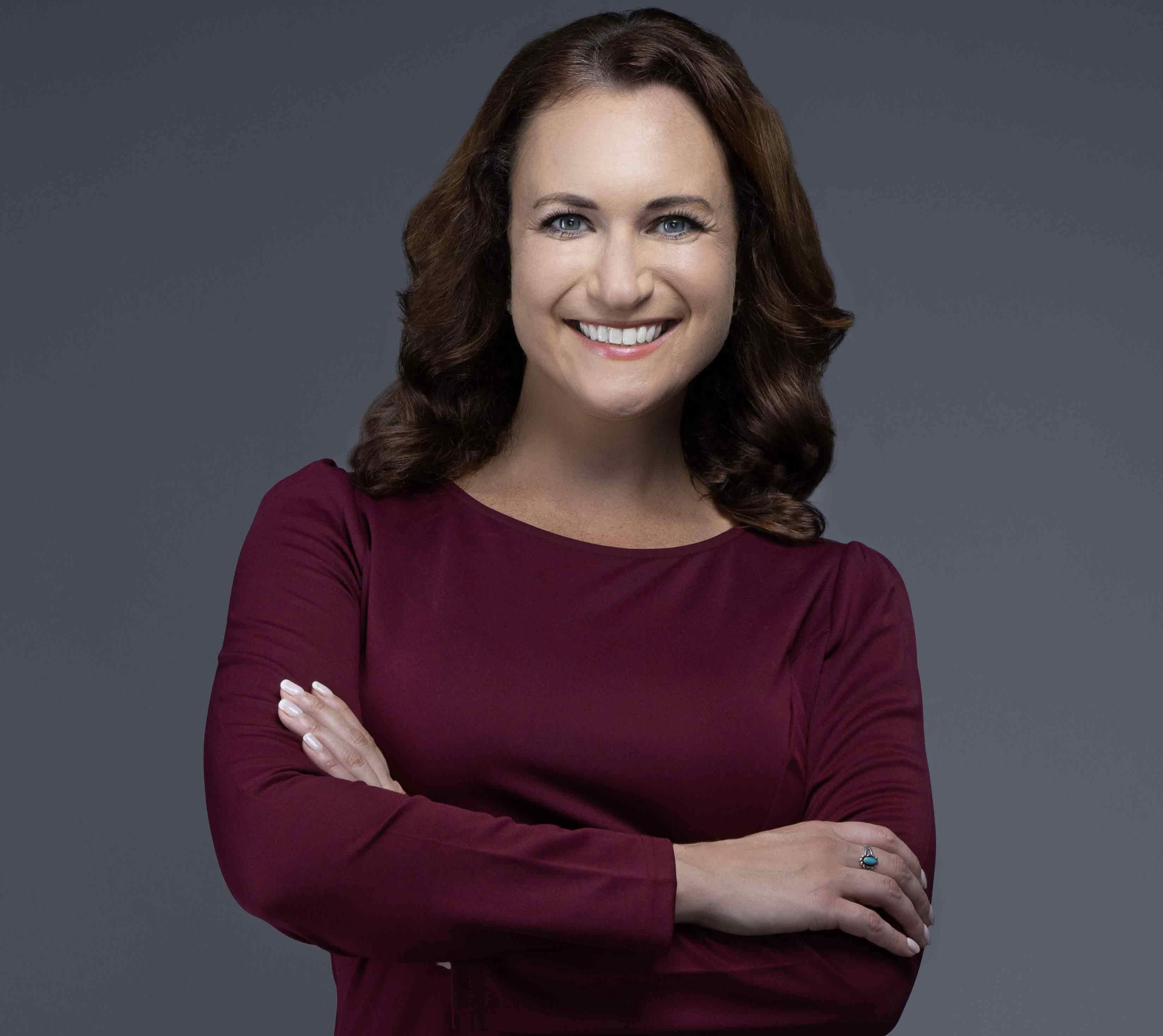
Meredith is a regional Murrow award-winning Certified Broadcast Meteorologist and science/space correspondent. She most recently was a Freelance Meteorologist for NY 1 in New York City & the 19 First Alert Weather Team in Cleveland. A self-described "Rocket Girl," Meredith's personal and professional work has drawn recognition over the last decade, including the inaugural Valparaiso University Alumni Association First Decade Achievement Award, two special reports in News 12's Climate Special "Saving Our Shores" that won a Regional Edward R. Murrow Award, multiple Fair Media Council Folio & Press Club of Long Island awards for meteorology & reporting, and a Long Island Business News & NYC TV Week "40 Under 40" Award.
-
Rickycardo Taking decades to do what could be done in months? This sounds exactly like what waste, fraud and abuse sounds like.Reply
